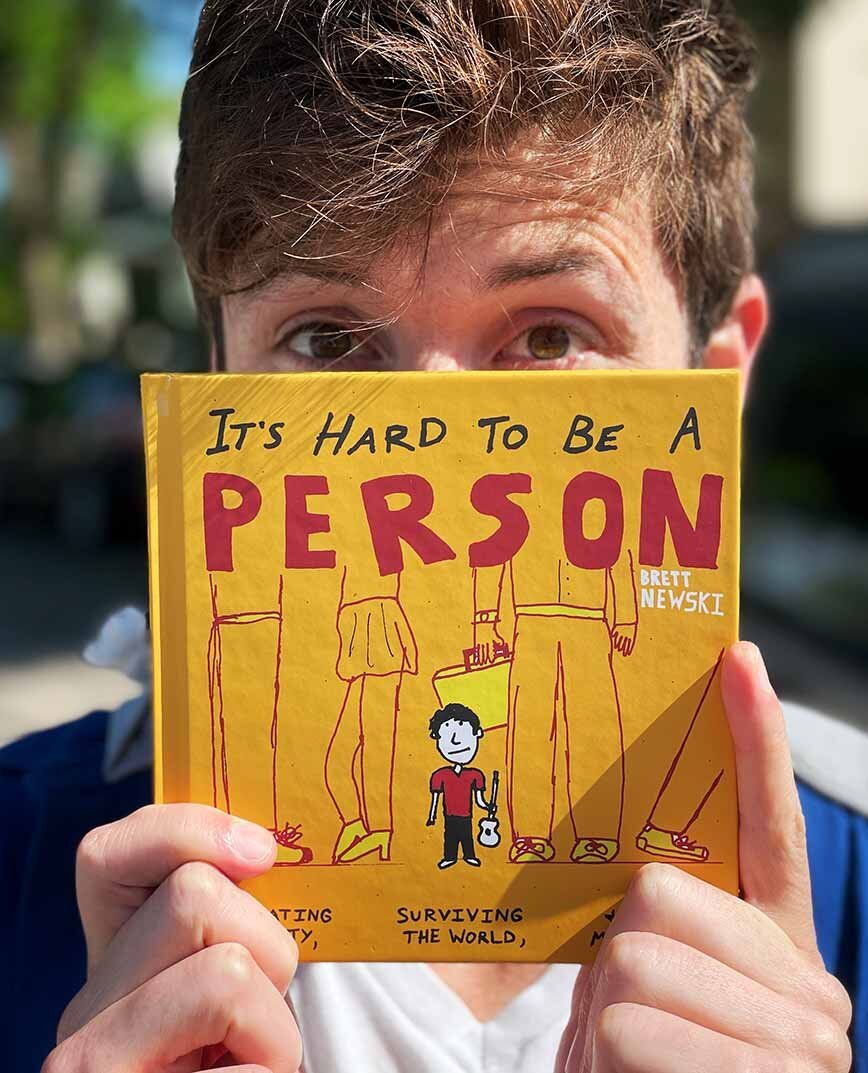Have you ever wondered why some people seem to move with lightning speed while others struggle to pick up the pace?
Speed isn’t just for elite athletes-it’s a skill that anyone can develop with the right training. By adding smart, targeted speed drills to your workouts, you can improve your performance, boost your energy, and even make exercise more exciting.

This article will show you how to blend speed training into your daily routine so you can move faster, feel stronger, and train smarter.
Know the Goal of Speed Training
Speed training helps you move faster by teaching your muscles to contract more quickly. It works by improving the connection between your brain and muscles, allowing for quicker reactions. This type of training also boosts power and agility, which helps in sports and daily activities.
Building speed is different from building endurance or strength. While endurance keeps you moving longer, speed lets you move with more explosiveness.
If you want a deeper understanding of how speed and agility work together, you could explore professional learning options. For example, you can find an Online Speed and Agility Certification to build both knowledge and practical skills.
Warm Up First
A good warm-up prepares your body for high-speed movement. It raises your heart rate and loosens your muscles, making you less likely to get hurt. Skipping this step can slow your progress and increase the chance of injury.
Dynamic moves are best before speed work. High knees, butt kicks, and leg swings get your legs ready for quick action. Small activation drills like skipping and bounding help your body react faster during sprints.
Choose the Right Speed Sessions
Speed training works best in short, powerful bursts. Sprint intervals over short distances help you reach top speed. These sessions also train your body to recover quickly between efforts.
Hill sprints build strength in your legs while boosting speed. Resisted sprints add extra challenge, making your regular sprints feel easier. Mixing these types keeps your body adapting and improving.
Integrate into Your Current Routine
You can blend speed work with your regular workouts. Doing it before lifting weights helps you train at your freshest. Adding it after skill drills is great for sports training.
Replacing some cardio days with sprint intervals can save time. This also adds variety to your workouts and prevents boredom. A few short speed sessions each week can lead to steady progress.
Recovery is Key
Your nervous system works hard during speed training. It needs time to rest so you can return stronger for the next session. Without enough recovery, your performance will drop over time.
Stretching and foam rolling help your muscles recover faster. Sleep and proper nutrition are just as important as the workouts. Rest days are part of the process, not a sign of weakness.
Run Faster and Live Stronger
Speed training is more than just sprinting- it’s about unlocking a higher level of performance in everything you do. It challenges your body, sharpens your mind, and pushes you beyond your comfort zone. When approached with balance and intention, it can transform the way you move and train.
The beauty of speed work is that it grows with you. No matter your age, fitness level, or goal, you can tap into your untapped potential and discover just how fast-and powerful, you can become.

Did you learn something new from this article? If so, be sure to check out our blog for more educational content.






